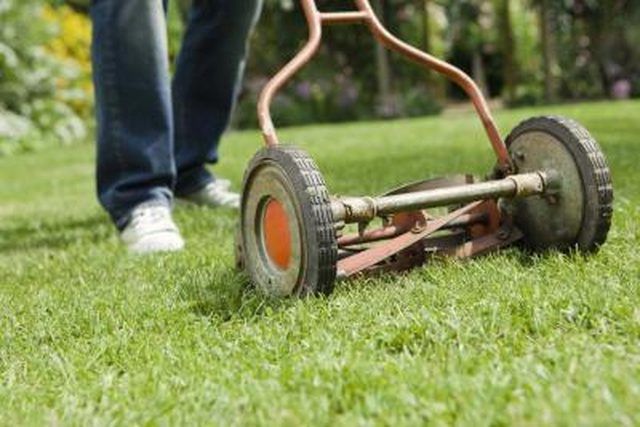Bulbs
Flower Basics
Flower Beds & Specialty Gardens
Flower Garden
Garden Furniture
Garden Gnomes
Garden Seeds
Garden Sheds
Garden Statues
Garden Tools & Supplies
Gardening Basics
Green & Organic
Groundcovers & Vines
Growing Annuals
Growing Basil
Growing Beans
Growing Berries
Growing Blueberries
Growing Cactus
Growing Corn
Growing Cotton
Growing Edibles
Growing Flowers
Growing Garlic
Growing Grapes
Growing Grass
Growing Herbs
Growing Jasmine
Growing Mint
Growing Mushrooms
Orchids
Growing Peanuts
Growing Perennials
Growing Plants
Growing Rosemary
Growing Roses
Growing Strawberries
Growing Sunflowers
Growing Thyme
Growing Tomatoes
Growing Tulips
Growing Vegetables
Herb Basics
Herb Garden
Indoor Growing
Landscaping Basics
Landscaping Patios
Landscaping Plants
Landscaping Shrubs
Landscaping Trees
Landscaping Walks & Pathways
Lawn Basics
Lawn Maintenance
Lawn Mowers
Lawn Ornaments
Lawn Planting
Lawn Tools
Outdoor Growing
Overall Landscape Planning
Pests, Weeds & Problems
Plant Basics
Rock Garden
Rose Garden
Shrubs
Soil
Specialty Gardens
Trees
Vegetable Garden
Yard Maintenance
The Uses of Grass Clippings
The Uses of Grass Clippings. Think twice before tossing out grass clippings. They are a valuable resource that, when used properly, provide benefits to your lawn and garden. Grass clippings don't cost extra and can save you money on lawn fertilizer and mulch.

Think twice before tossing out grass clippings. They are a valuable resource that, when used properly, provide benefits to your lawn and garden. Grass clippings don't cost extra and can save you money on lawn fertilizer and mulch.
Lawn Use
Grass clippings can be left on your lawn to help fertilize the grass and promote a healthy lawn. Cut the grass to a tall height, cutting no more than one-third of the height of the grass, or 1 inch, according to the University of Missouri Extension.
Garden Use
Grass clippings also can be collected and dried to use as mulch in the garden or tossed in the compost pile to eventually become mulch. When using clippings alone as mulch, be sure to dry the grass first and build up to a 1-inch thick layer. In the compost pile, nitrogen released as the grass decomposes will aid in the composting process.
Benefits
Grass clippings contribute nitrogen, potassium and phosphorus to plants and provide food to helpful bacteria. Clippings can contribute up to one-fourth of the total amount of fertilizer your lawn requires.